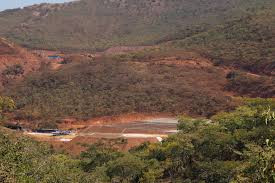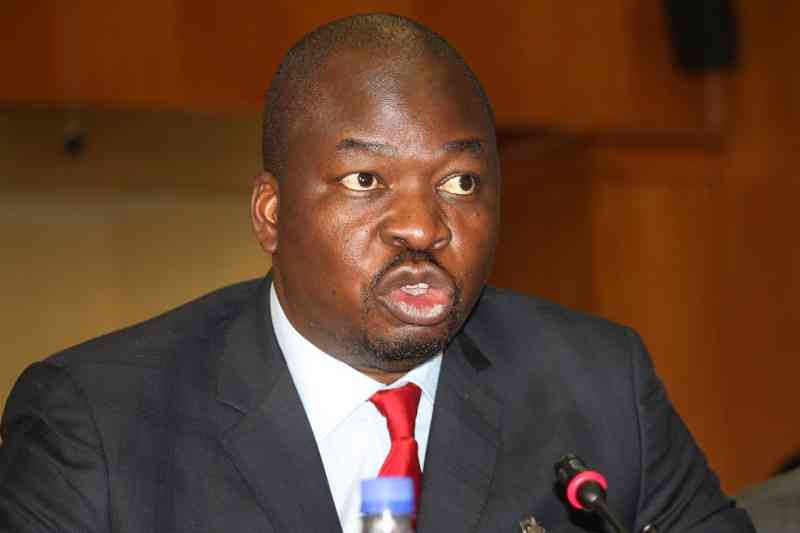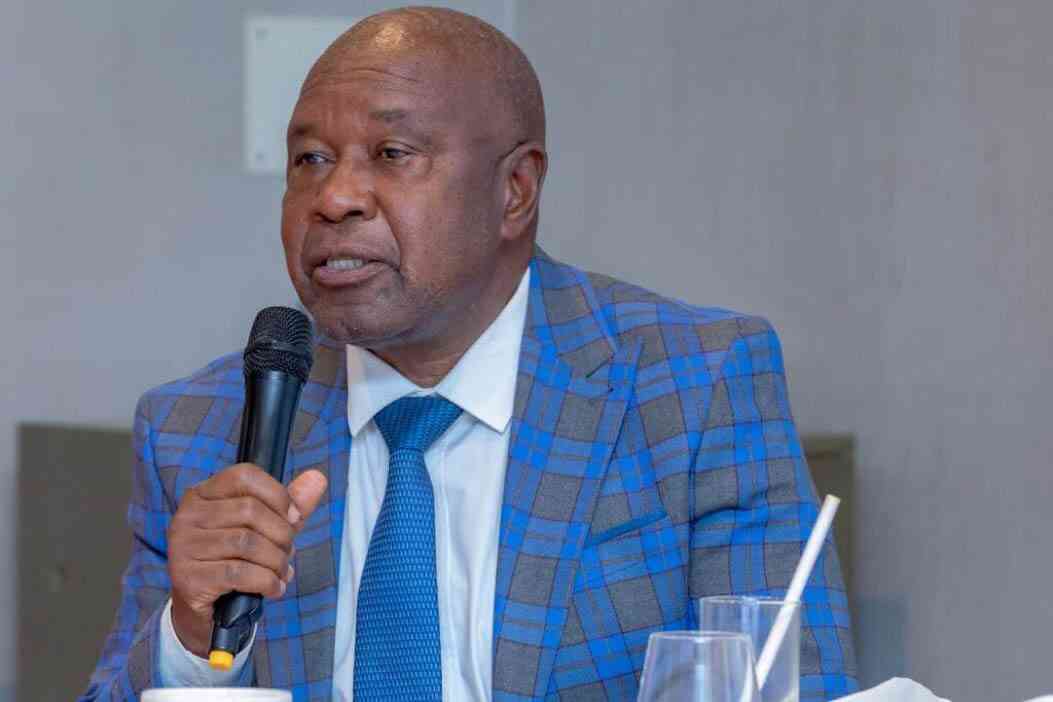
Zimbabwe’s gold sector is experiencing a remarkable production rally, but beneath the glitter lies a reality marred by violence, smuggling, and environmental collapse.
From Mazowe, Shurugwi to Penhalonga, persistent challenges of rampant violence and environmental degradation are taking the gloss off the positive rally in the sector.
Gold output has surged this year, buoyed by record global prices that hit $3,500 an ounce in April.
Zimbabwe’s production rose to 24.3 metric tons in the first seven months of 2025, a 40% jump from the same period last year.
Analysts project the country could surpass 40 metric tons by year-end, setting a record and marking an extraordinary rebound from the paltry 3 tons recorded at the height of the 2008 economic crisis.
The upturn has also fuelled a spike in exploration, leaving national laboratories struggling to keep pace with mineral sample testing. For the sector’s technical players, this surge underscores their critical role in maintaining quality assurance.
Yet, this growth story conceals deep fractures. Zimbabwe is losing an estimated US$1.5 billion annually to gold smuggling, according to the International Crisis Group.
At the same time, artisanal and politically connected mining operations are stoking violence, lawlessness, and ecological destruction.
- Smuggling of gems bleeding Zim’s economy
- Smuggling of gems bleeding Zim’s economy
- News in depth: British investor digs in over Marange diamond concession saga
- Zim lithium mines being sold for a song
Keep Reading
Civil society groups, led by the Centre for Natural Resource Governance (CNRG), have repeatedly sounded the alarm over conditions at Redwing Mine in Penhalonga. Better Brands Mining Company, owned by Zanu PF legislator and gold dealer Scott Sakupwanya, has been accused of presiding over unsafe and exploitative operations.
CNRG executive director Farai Maguwu describes the mine as “a security threat and environmental disaster.”
He points to violent clashes involving politically aligned groups, extortion rackets disguised as “protection fees,” and haphazard mining that bypasses Mines ministry oversight.
Witnesses have reported armed gangs operating with impunity, sometimes in confrontation with state security forces.
“The situation in Penhalonga has seriously degenerated and needs an urgent solution. The government needs a proper investor to take over Penhalonga. The Better Brands model is a security threat and environmental disaster,” he said.
The consequences have been devastating. Dozens of miners have reportedly died since Better Brands assumed control, with accidents often unreported. In 2023, two workers drowned in underground floodwaters at Rezende Mine, part of the Redwing complex.
A CNRG petition to the Ministry of Mines in 2022 alleged that Better Brands introduced production-sharing arrangements without conducting mandatory Environmental Impact Assessments, leaving workers exposed to collapsing shafts and frequent fatalities.
“The environmental destruction unfolding in Penhalonga is now beyond redemption,” CNRG warned. No environmental management plan exists for the company’s model, while at least five deaths are recorded monthly, according to local monitors.
Similarly, in Shurugwi, the rate of environmental degradation at the once scenic Boterekwa mountain ranges has reached unprecedented levels as Chinese miner Cheng Xi reaps bullion rewards amidst rampant environmental degradation.
Unchecked gold mining by miners with links to top politicians has ravaged the once-pristine mountain ranges, threatening local ecosystems, wildlife, and communities.
As for Redwing Mine, once one of Zimbabwe’s most productive mines, which produced 1,1 million ounces between 1966 and 2004, it has now become synonymous with chaos.
Critics argue that the informalised model has turned it into a hub for illicit gold flows, violence, and unregulated digging, undermining both community safety and national revenue.
A CNRG report, Zimbabwe’s Disappearing Gold: The Case of Mazowe and Penhalonga, links gold operations to broader political patronage networks that facilitate illicit financial flows estimated at US$1,9 billion annually.
Zimbabwe’s gold boom may shine brightly on paper, but without addressing smuggling, governance failures, and the human toll of unsafe mining, the sector’s gains risk becoming another mirage in the country’s troubled extractive history. - Centre for Natural Resources Governance











